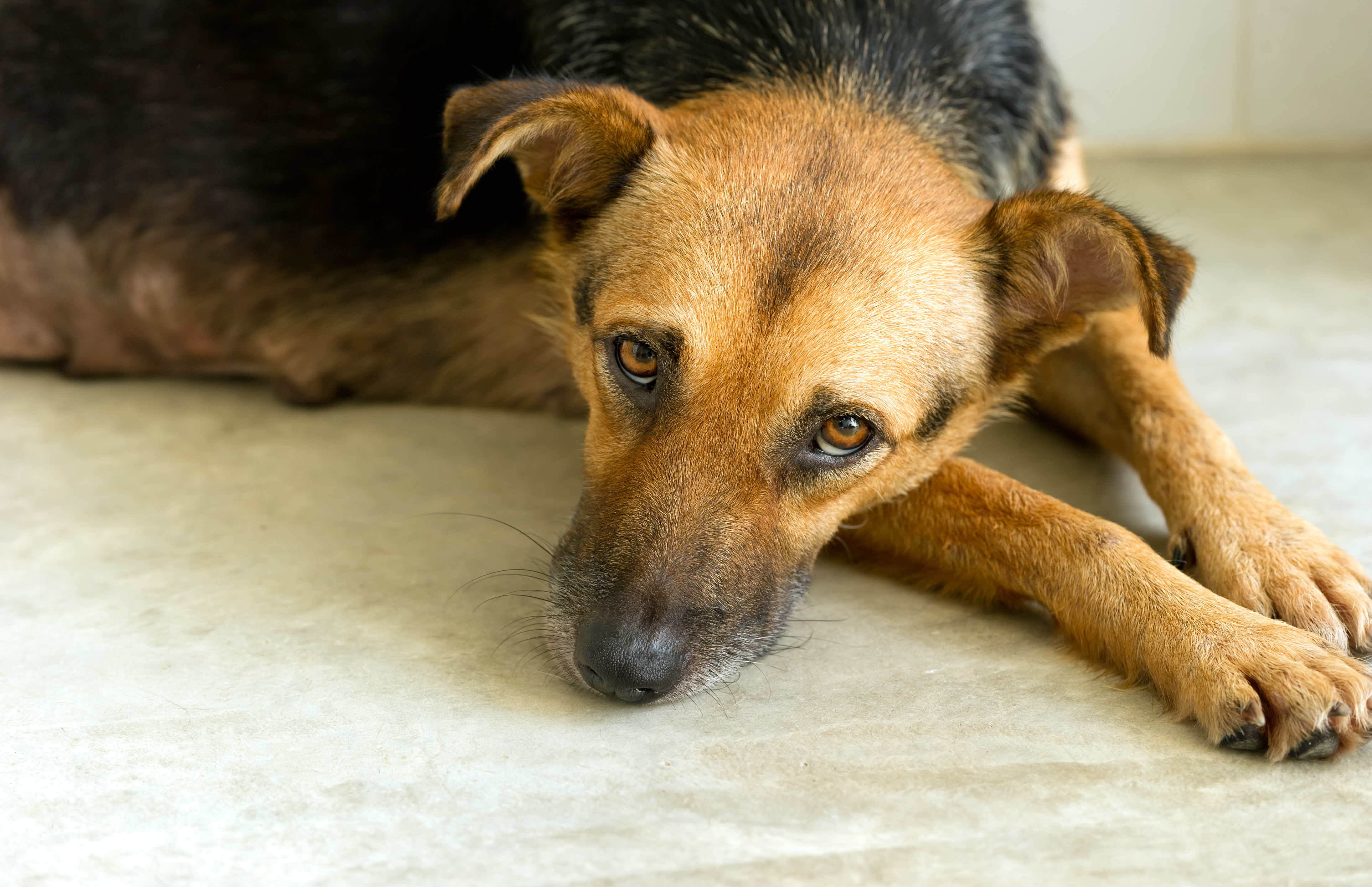
With Premier Gladys Berejiklian declaring a state of emergency in NSW this morning due to dangerous fire conditions, Australia’s national vet association is appealing to pet owners to consider their pets’ safety and wellbeing along with the rest of the family.
“People living in bushfire zones will have planned ahead and be prepared for such emergencies, but we can’t stress enough how critical it is that pets are also included in any emergency plans,” said Dr Julia Crawford, President of the Australian Veterinary Association (AVA).
Dr Crawford said this did not just include how to handle pets in the case of an evacuation, but also the necessary steps to maintain their wellbeing in the extreme heat.
“It’s crucial to remember that our pets can’t perspire in the way humans do and produce only a tiny amount of sweat through their footpads. They cool themselves down by panting, but sometimes this isn’t enough, and they start to overheat.”
Any pet can overheat and end up suffering from heat stress (also known as heat exhaustion or heatstroke). Heat stress can occur rapidly and if not treated appropriately can be fatal. Signs of heat stress in a pet include excessive or noisy panting, staggering, seizures, drooling, extreme lethargy and collapse.
“Heat stress can kill your pet, it is an emergency in itself, so it is critical to know the signs and get your pet to a vet as soon as possible,” said Dr Crawford. “This might not always be possible during a bushfire, so it is equally essential that you know how to assist your pet until you can get to a vet”.
“Place your pet in front of an air conditioner or a fan and put wet towels on the hairless parts of their body, such as footpads and the groin, to help them cool down, and ensure they have access to plenty of cool fresh water.”
The AVA recommends putting together an emergency kit for pets ahead of time in case evacuation becomes necessary, including lots of non-perishable food and water in spill-proof containers. It should also contain any medications the pet may be currently receiving, so that treatment is not interrupted if you do have to leave the home.
“If it starts to look likely that evacuation may be necessary, try to confine your pets to the safest enclosed room of the house, such as the bathroom, where they can be quickly collected. Make sure you also have your pet’s carry cages and leads on hand, so you don’t have to search for these if the decision is made to leave” said Dr Crawford.
The NSW bushfire information hotline is 1800 362 361.
The AVA has resources for managing pets in natural disasters for download on the AVA website.








